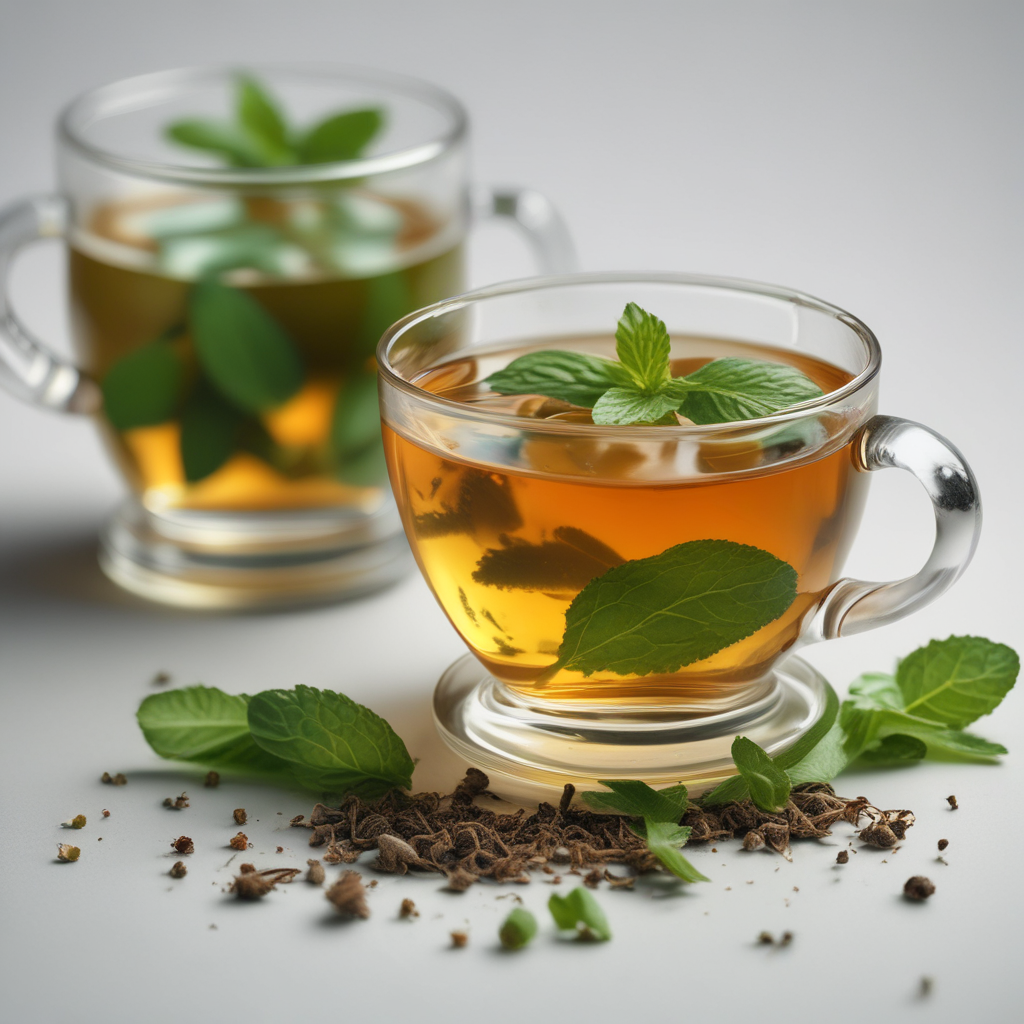Origin of Assam Tea: A Historical Overview
The origins of Assam tea, a renowned black tea celebrated for its robust flavor and malty aroma, can be traced back to the lush valleys of the Brahmaputra River in Assam, India. During the 19th century, the British East India Company introduced tea cultivation to the region, recognizing its potential as a lucrative crop. Indigenous tea plants, known as Camellia sinensis var. assamica, were discovered growing wild in the area, and their distinct characteristics caught the attention of tea planters.
Climate and Soil Conditions: The Perfect Environment for Assam Tea
Assam's unique geographical location and climatic conditions have played a pivotal role in the development of its exceptional tea. The region receives abundant rainfall, ranging from 150 to 250 centimeters annually, which provides ample moisture for the tea plants to thrive. The warm and humid climate, with average temperatures hovering around 25°C, creates an optimal environment for the plants' growth and the production of high-quality tea leaves.
The Assamica Plant: Distinctive Characteristics and Cultivation
The Assamica plant, native to the Assam region, is a large-leaved variety of tea plant. Its leaves are characterized by their dark green color and thick texture, which contribute to the tea's robust flavor. Assamica plants are typically grown in well-drained, alluvial soils that are rich in organic matter. The plants require ample sunlight and are pruned regularly to maintain their shape and encourage new growth.
Harvesting and Processing: Traditional Techniques for Extraordinary Flavor
The harvesting of Assam tea leaves is a labor-intensive process that requires precision and care. The leaves are typically hand-picked twice a year, during the spring and autumn seasons. The plucked leaves are then processed using traditional techniques that have been passed down through generations. The leaves are withered, rolled, and oxidized, allowing for the development of the characteristic black tea flavors.
Oxidation and Fermentation: The Secrets to Black Tea's Unique Profile
Oxidation and fermentation are crucial stages in the processing of Assam tea that contribute to its distinct black tea profile. Oxidation occurs when the plucked leaves are exposed to air, causing the enzymes in the leaves to react with oxygen. This process initiates the development of the tea's characteristic black color and flavor compounds. Fermentation, a controlled process involving microorganisms, further enhances the tea's flavor and aroma.
6. Grading and Packaging: Ensuring Quality and Freshness
Once the Assam tea leaves have been oxidized and fermented, they are graded and packaged to ensure quality and freshness. Grading involves sorting the leaves based on their size, shape, and appearance. The highest-quality teas are typically comprised of whole, unbroken leaves, while lower-grade teas may contain broken leaves or fannings. Assam tea is typically packaged in airtight containers or bags to preserve its flavor and aroma.
7. Brewing the Perfect Cup: A Delicate Art for Maximum Enjoyment
Brewing the perfect cup of Assam tea is an art form that requires precision and attention to detail. The ideal water temperature for brewing Assam tea is between 90-95°C (194-203°F). The tea leaves should be allowed to steep for 3-5 minutes, depending on the desired strength. It is important to avoid over-steeping, as this can result in a bitter flavor. Assam tea can be enjoyed with or without milk and sugar, depending on personal preference.
8. Health Benefits: The Antioxidant Properties of Assam Tea
Assam tea is not only a flavorful beverage but also offers several health benefits. It is a rich source of antioxidants, which help protect the body against damage caused by free radicals. Antioxidants have been linked to a reduced risk of chronic diseases such as heart disease, cancer, and Alzheimer's disease. Assam tea also contains caffeine, which can provide a boost of energy and improve cognitive function.
9. Sustainability and Ethical Production: Preserving the Assam Tea Legacy
Sustainability is a key concern in the Assam tea industry. Tea plantations are implementing sustainable farming practices to minimize their environmental impact. This includes reducing the use of pesticides and fertilizers, conserving water, and promoting biodiversity. Ethical production practices are also being emphasized, ensuring fair wages and working conditions for tea workers.
10. Cultural Significance: Assam Tea as a Symbol of Heritage and Tradition
Assam tea is deeply intertwined with the cultural heritage of the Assam region. Tea cultivation has been a vital part of the local economy and way of life for centuries. The tea industry has played a significant role in shaping the region's social and cultural fabric. Assam tea is a symbol of pride for the Assamese people and is often served as a welcome drink to guests.
FAQ
- What is the difference between Assam tea and other black teas?
Assam tea is known for its robust flavor, malty aroma, and dark color. It is produced using the Assamica plant, which is native to the Assam region of India. Assam tea typically has a higher caffeine content than other black teas.
- How can I tell if my Assam tea is good quality?
High-quality Assam tea should have whole, unbroken leaves with a dark green color. The leaves should be free of any dust or debris. The tea should have a strong, malty aroma and a robust flavor.
- What is the best way to brew Assam tea?
The ideal water temperature for brewing Assam tea is between 90-95°C (194-203°F). The tea leaves should be allowed to steep for 3-5 minutes, depending on the desired strength. Avoid over-steeping, as this can result in a bitter flavor.

